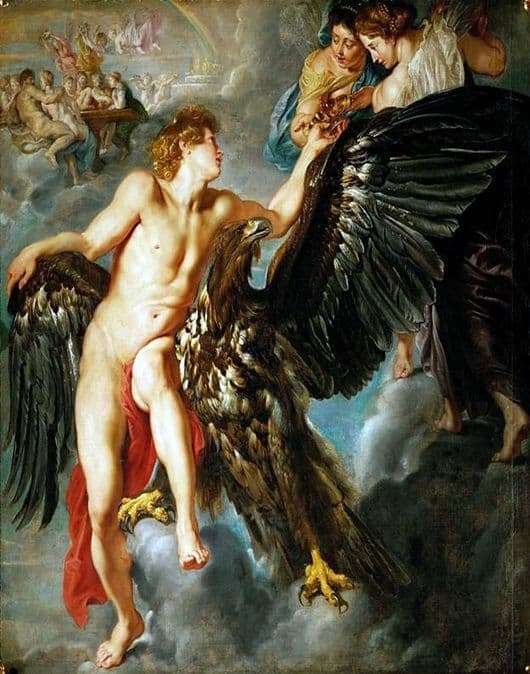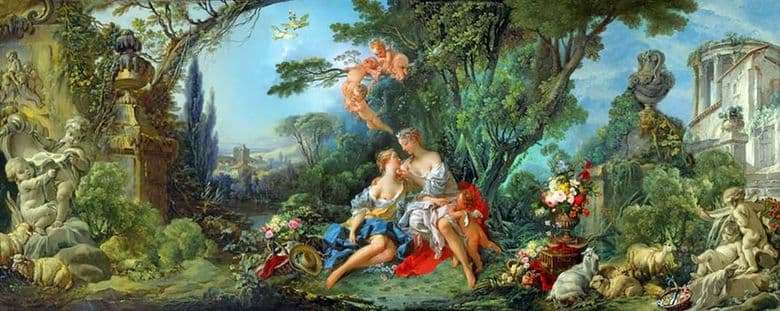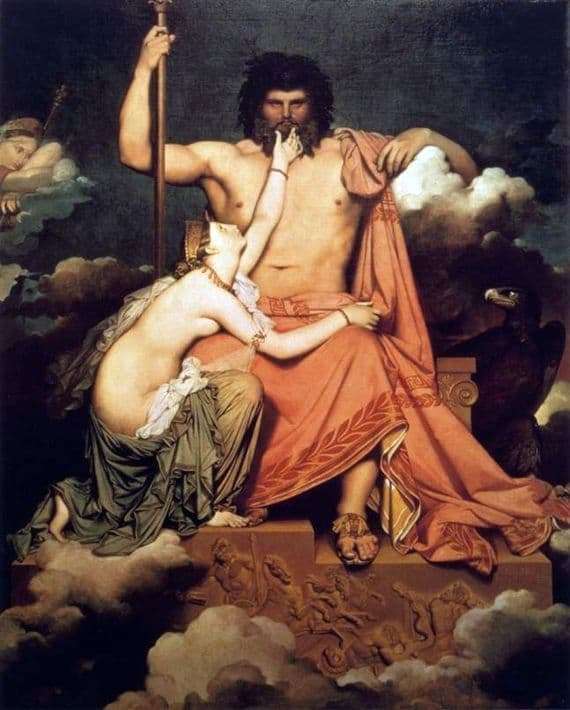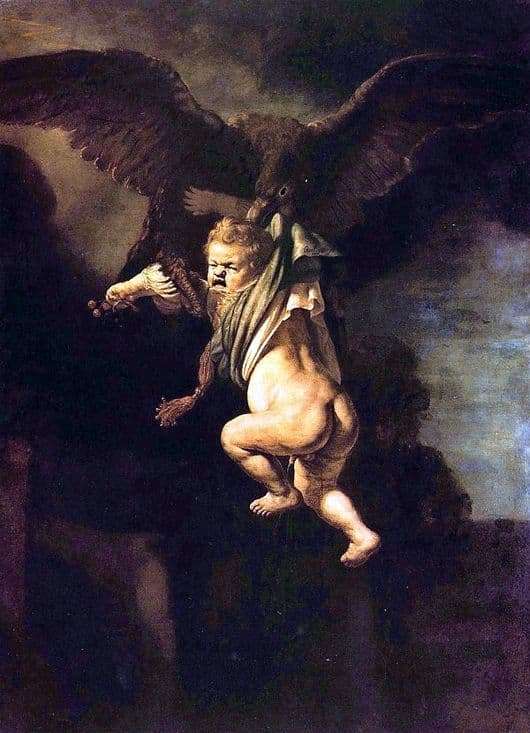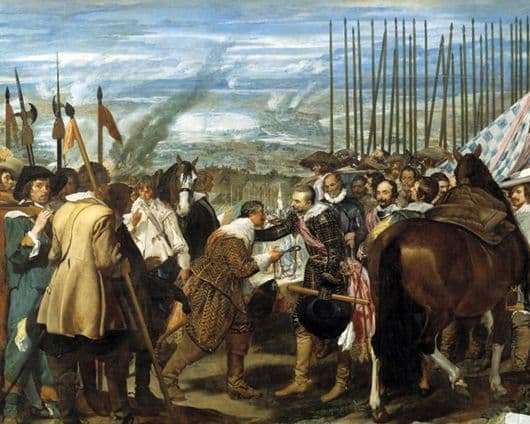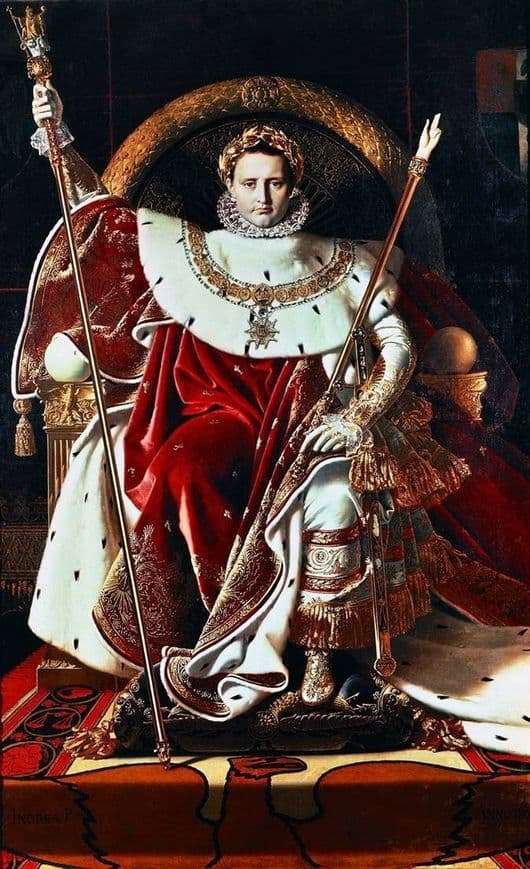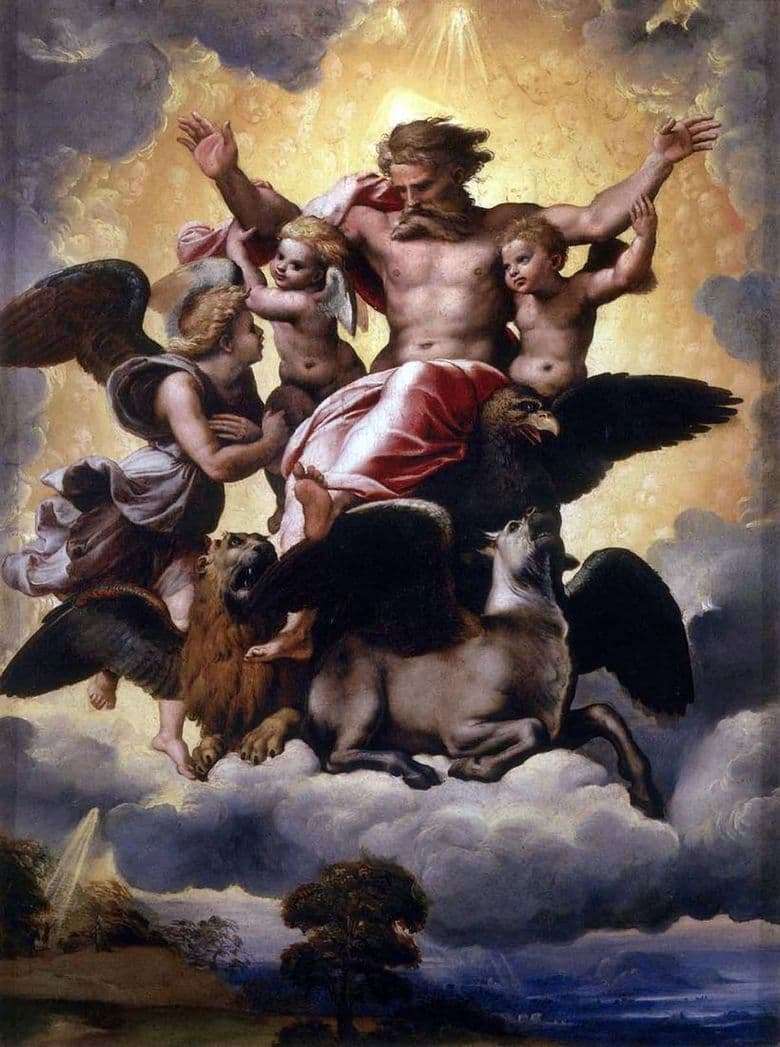
“Jupiter and Io” – a picture of the Italian Renaissance artist Antonio Allegri known as Correggio. She is in the Vienna Museum of Art. The picture was conceived after the success of Correggio’s previous work “Venus, Satyr and Cupid”. It is known that the painter painted four canvases as a whole, although perhaps more were planned.
In the first edition of his book, the biographer of the Renaissance, Giorgio Vasari mentions only two paintings: “Leda and the Swan” (located today in Berlin Hemaldegaleri) and one Venus (it is quite possible that this is Danae, currently in the Roman Gallery Borgeza) although he knew them only from descriptions provided by Giulio Romano.
Vasari mentions that Duke Federico Gonzaga wanted to donate works to the emperor and king of Spain, Charles V: that two other works, “Ganymede, stolen by the Eagle” and “Jupiter and Io”, were in Spain during the 16th century, and were part of the same series. The canvas has been located in Vienna since the beginning of the 17th century, when it is mentioned in the imperial collections of the Hapsburgs along with “Ganymede.”
The scene of Jupiter and Io is inspired by the classic works of Ovid. Io, the daughter of Inaka, the first king of Argos, is tempted by Jupiter (or Zeus), who hides behind the dunes so as not to catch the eyes of jealous Juno (in the Greek mythology, Hera).
Jupiter often seduced other women and took on various disguises to conceal his adventures. He appeared before his beloveds in the form of a swan, an eagle, but in this picture he remained himself. Jupiter embraces the nymph Io, his face is barely visible. She pulls Jupiter’s misty, smoky hand toward herself with barely restrained sensuality. The contrast between the disappearing figure of Jupiter and the substance of the body of Io, shown lost, in some kind of erotic delight, draws attention to itself. This motive anticipated many of the works of Bernini and Rubens.
Description of the painting by Correggio “Jupiter and Io”
